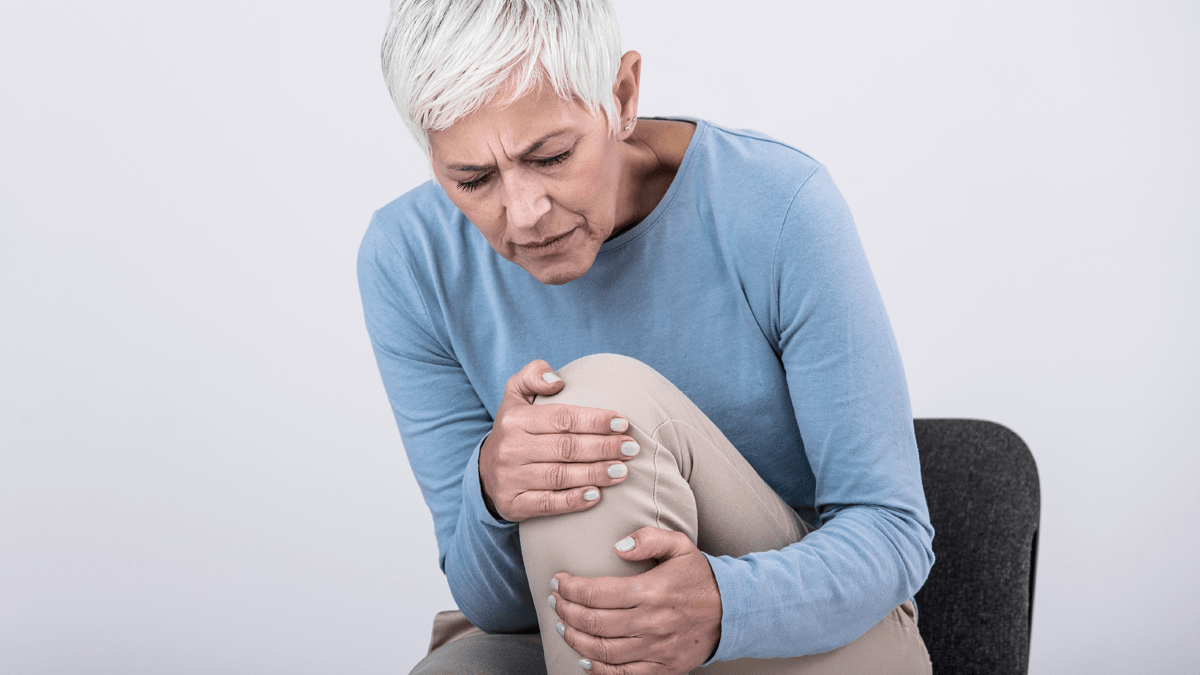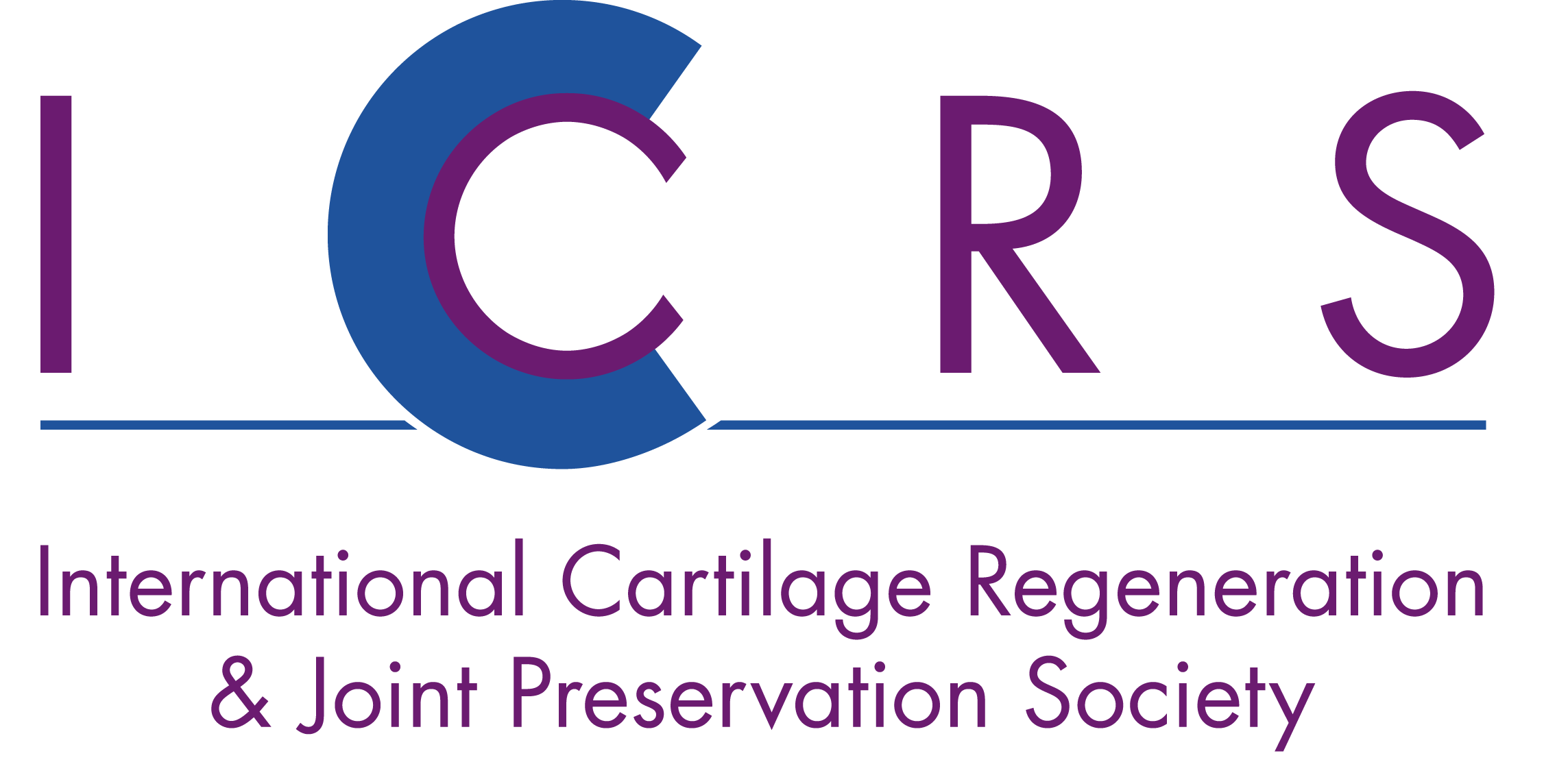WHAT IS OSTEOARTHRITIS?
Osteoarthritis (OA) is a chronic (long-lasting) disease and the most common form of arthritis. Some people call it degenerative joint disease or “wear and tear” arthritis. It occurs most frequently in the hands, hips, and knees.
Osteoarthritis mostly affects cartilage (KAR-til-uj). The surface layer of cartilage breaks down and wears away. These changes usually develop slowly and get worse over time. OA can cause pain, stiffness, and swelling. In some cases it also causes reduced function and disability; joint pain and stiffness can become severe enough to make daily tasks difficult.


PICTURE OF OSTEOARTHRITIS JOINT VS NORMAL JOINT
WHAT IS OSTEOARTHRITIS?
Osteoarthritis (OA) is a chronic (long-lasting) disease and the most common form of arthritis. Some people call it degenerative joint disease or “wear and tear” arthritis. It occurs most frequently in the hands, hips, and knees.
Osteoarthritis mostly affects cartilage (KAR-til-uj). The surface layer of cartilage breaks down and wears away. These changes usually develop slowly and get worse over time. OA can cause pain, stiffness, and swelling. In some cases it also causes reduced function and disability; joint pain and stiffness can become severe enough to make daily tasks difficult.


PICTURE OF OSTEOARTHRITIS JOINT VS NORMAL JOINT
*There is no cure for osteoarthritis, but there are treatment options available to help reduce pain, improve function, and in some cases, delay disease progression.
WHAT CAUSES OSTEOARTHRITIS?
As part of normal life, your joints are exposed to a constant low level of damage. In most cases, your body repairs the damage itself and you do not experience any symptoms. However, the repair processes don’t always work so well and osteoarthritis occurs when there is damage in and around the joints that the body cannot fully repair.
Factors that can increase your risk of osteoarthritis include:

WHAT CAUSES OSTEOARTHRITIS?
As part of normal life, your joints are exposed to a constant low level of damage. In most cases, your body repairs the damage itself and you do not experience any symptoms. However, the repair processes don’t always work so well and osteoarthritis occurs when there is damage in and around the joints that the body cannot fully repair.
Factors that can increase your risk of osteoarthritis include:

*Osteoarthritis can develop at any age, but it is more common in people over age 40 and in those with a history of joint injury.
WHAT ARE THE SYMPTOMS OF OSTEOARTHRITIS?
Osteoarthritis symptoms and severity vary—no two patients experience osteoarthritis the exact same way. The most common signs and symptoms of osteoarthritis include:

WHAT ARE THE SYMPTOMS OF OSTEOARTHRITIS?
Osteoarthritis symptoms and severity vary—no two patients experience osteoarthritis the exact same way. The most common signs and symptoms of osteoarthritis include:

* For some people, the symptoms can be mild and may come and go. Other people can experience more continuous and severe problems which make it difficult to carry out everyday activities.
HOW IS OSTEOARTHRITIS TREATED?
There is no cure for arthritis – however, joint pain and OA symptoms can be managed through treatment, lifestyle changes and education.

HOW IS OSTEOARTHRITIS TREATED?
There is no cure for arthritis – however, joint pain and OA symptoms can be managed through treatment, lifestyle changes and education.

* Hyaluronic acid injections as part of your osteoarthritis treatment plan offers long-lasting pain relief, improved joint mobility and protection against the loss of joint function for as long as possible.
BIOPORT® CROSSLINK 2%
BIOPORT® PLUS 1,5%
BIOPORT® CROSSLINK 2%
BIOPORT® PLUS 1,5%
WHICH THERAPY WILL WORK BEST FOR YOU?
The answer depends on many factors, including your health, other medications you take, and whether your osteoarthritis case is mild, moderate or severe. The earlier you and your doctor work together, the sooner you can begin a treatment plan that is right for you. Using the osteoarthritis self-assessment tool below can help you prepare to discuss your symptoms.
PROFESSIONAL SOLUTIONS IN EARLY INTERVENTION ORTHOPEDIC CARE





